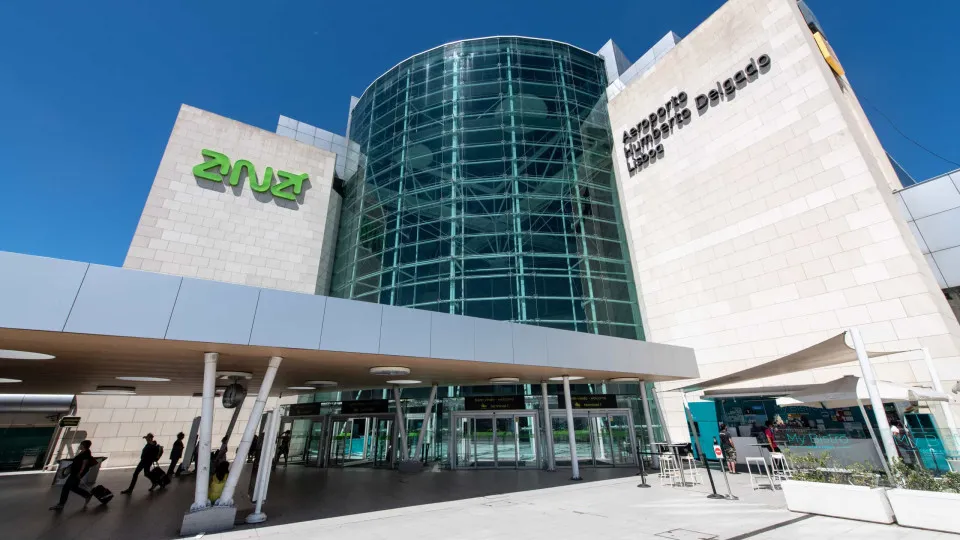
Stakeholders recommend that ANA explore alternative sources to pre-financing via fee increases, such as reinvestment of profits, shareholder capital injections, traditional debt financing, and even EU subsidies, according to the executive summary of the report from consultations with various entities on the new airport project, released today by the Institute of Mobility and Transport (IMT).
The consultations included major airlines operating in Lisbon, ground handling companies, several municipal councils, the National Civil Aviation Authority (ANAC), and NAV Portugal – Air Navigation, among others.
In this process, multiple stakeholders opposed the proposal by ANA – Aeroportos de Portugal to progressively increase fees at Humberto Delgado Airport starting in 2026. ANA argues that this would allow for the early construction of the new infrastructure and “avoid an abrupt increase in fees at a later date.”
Some entities also highlighted “the potential use of proceeds from the sale of the current airport’s land to partially finance” the new airport, thus avoiding user fee increases. One entity noted “that the project was already anticipated in the Concession Contract, and therefore, a strategy involving self-financing and significant shareholder participation was expected.”
According to the ANA/Vinci report, the main concerns expressed by “various stakeholders” are economic, legal, and conceptual. Economically, they consider that the 2026 fee increase at the current airport “would harm the competitiveness” of the facility, “is unjustified given ANA’s financial situation, and raises doubts about reimbursement if the project does not materialize.”
Legally, some stakeholders claimed that pre-financing is “illegal” and contradicts the Concession Contract, whereas ANA asserted “that the proposal is legally supported” by the contract “and market practices.”
Conceptually, “airlines argue that current users should not pay for a future airport and that pre-financing reduces incentives for efficiency and cost control.”
ANA proposed a funding model without public subsidies, combining debt up to 7.3 billion euros with operational revenues, including progressively increasing fees. They argue this reduces future financial and tariff risks, expedites studies for the new airport, accelerates the timeline, and “takes advantage of Lisbon airport’s current congestion, where airlines can absorb the tariff increases.”
“ANA reinforces that its strategy is to maximize the use of debt – a less costly financing source than equity – but also states that significant shareholder contributions will be necessary,” highlighted the company in the document, adding it plans “to use all available operational cash flows of the ANA group and secure financing through instruments like bonds and a revolving credit line.”
Regarding the current airport’s land, ANA acknowledged the “validity of the debate” and considered that any state participation in financing or reducing the project’s risk profile “would represent an opportunity to limit the overall project cost for future users.”
The consultation report was delivered in July and is the first of four interim reports to be included in the complete application for the new airport, with the final submission deadline set for January 2028.
The next stage in the process will be the submission of the Environmental Report, expected in January 2026.




